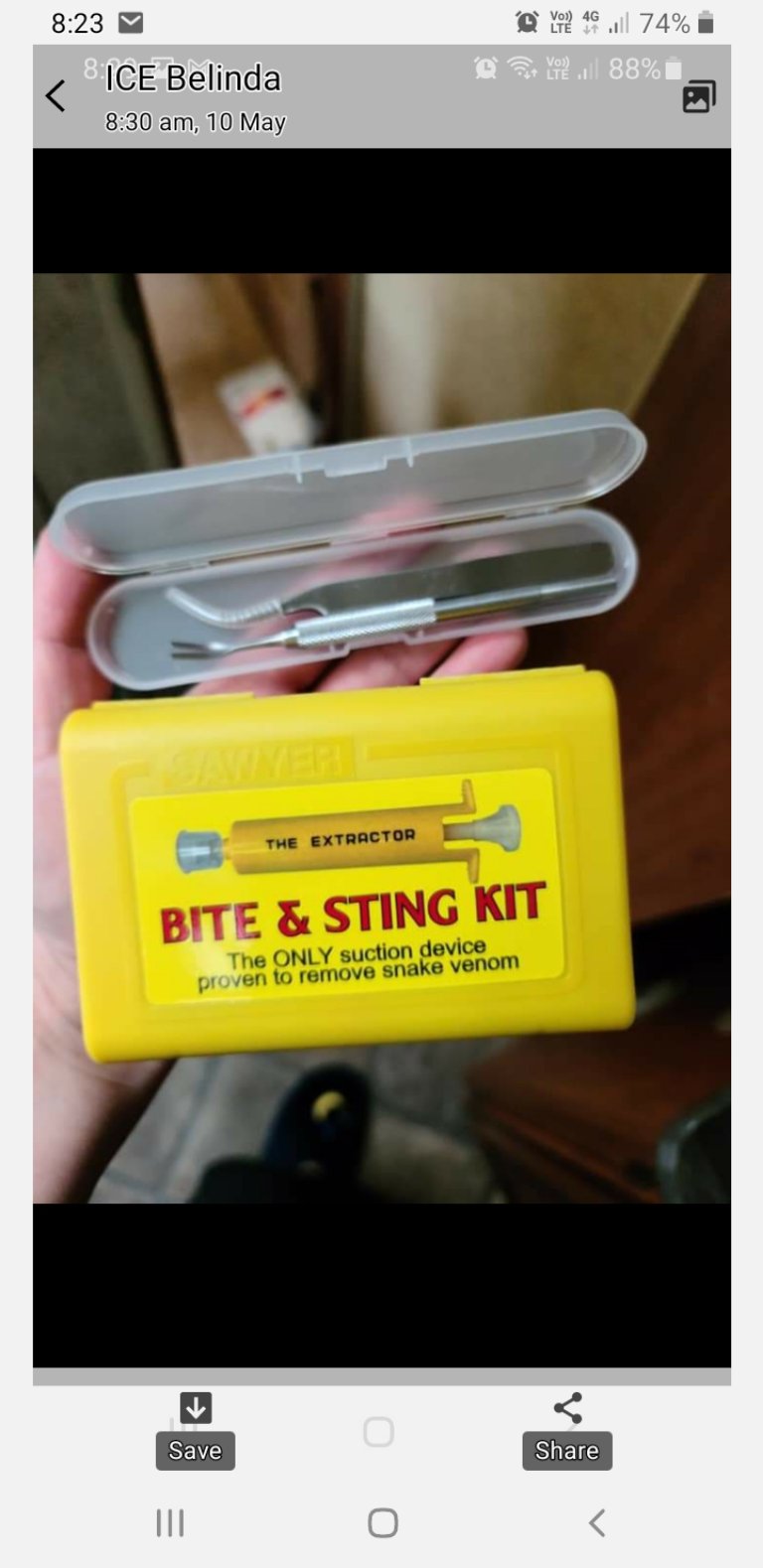Ded Driver said:We have similar horse bandages here, but they are a bit thicker & heavier than those intended for people, & might be a bit tricky to get the right compression (you dont want it too tight & cut off blood flow).
I think the generic name for the stuff is Vet Wrap...I also have a couple of the Setopress bandages and the HyHealth product is very comparable weight wise although other brands might vary...I have a couple of rolls of the HyHealth for sprains and for splinting rather than using crepe but obviously you can't put the stuff on "farmer tight" especially on a child...
Because it's self gripping and easy to tear, the HyHealth stuff is actually nice to work with..
The printed indicators on the Setopress and other similar bandages obviously help especially in a stressful situation, but they need to be used with caution also..an appropriate tightness for an adult will be too tight for a small child and the packaging used to give that warning based on limb circumference...




